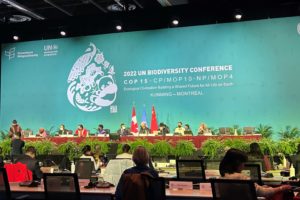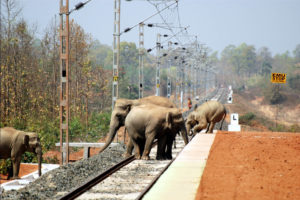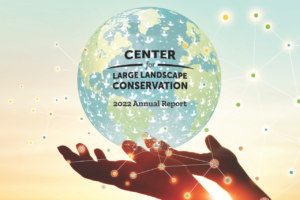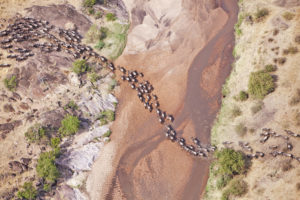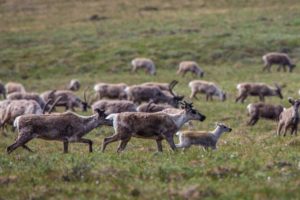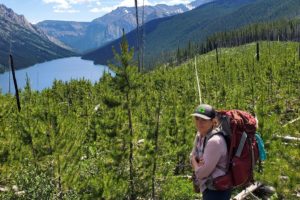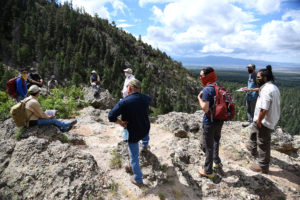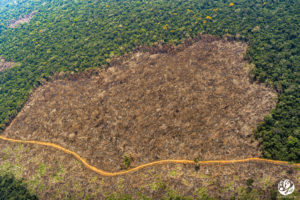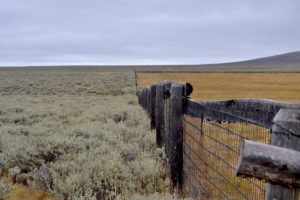The Center Celebrates Adoption of the Global Biodiversity Framework
Center staff have now returned from their adventures in Montreal, attending the UN Biodiversity Conference. Ecological connectivity—the unimpeded movement of species and the flow of natural processes that sustain life on Earth—was an exciting topic of negotiations and discussions during what is officially referred to as the 15th Conference of the Parties (CoP-15) to the Convention on Biological Diversity (CBD). In the final days of the conference, the governments of 196 countries adopted the Kunming-Montreal Global Biodiversity Framework on 18 December 2022. This milestone agreement will now serve as the strategic plan for implementation of the Convention over the period 2022-2030. To date, this is the most significant agreement for bolstering global cooperation to conserve and restore nature.
